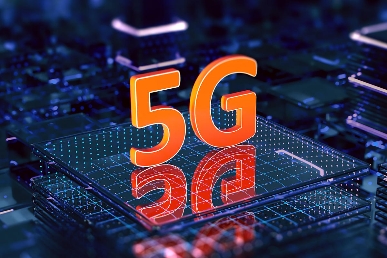
5G technology utilizes a range of frequency bands that significantly impact its performance, coverage, and capacity. These bands are generally categorized into three main types: low-band, mid-band, and high-band (also known as millimeter wave).
Low-Band (Sub-6 GHz): This band provides extensive coverage and better penetration through obstacles, making it ideal for rural areas and urban environments with many buildings. However, it offers lower speeds compared to higher frequency bands.







Mid-Band: This frequency range strikes a balance between coverage and speed. It offers faster data rates than low-band while maintaining reasonable coverage, making it suitable for suburban areas.
High-Band (Millimeter Wave, above 24 GHz): High-band frequencies deliver ultra-high speeds and capacity, which are essential for applications requiring significant data throughput, such as augmented reality and high-definition video streaming. However, these frequencies have limited range and penetration capabilities, making them less effective in densely built environments.
Impact of Frequency Bands on 5G Performance
The choice of frequency band directly influences several key aspects of 5G performance:
Speed and Capacity: Higher frequency bands (like millimeter waves) can support much higher data rates and greater capacity, allowing more devices to connect simultaneously without degrading performance.
Coverage: Low-band frequencies excel in providing broader coverage, which is crucial for reaching users in less populated areas. In contrast, high-band frequencies may struggle to maintain connections over long distances or through physical barriers.
Latency: The use of mid-band and high-band frequencies can reduce latency, enhancing the responsiveness of applications, which is particularly important for real-time services.
Challenges Associated with Higher Frequency Bands
While higher frequency bands offer significant advantages, they also present challenges:
Infrastructure Investment: Deploying high-band 5G requires substantial investment in infrastructure, including more cell towers to ensure adequate coverage due to their limited range 2.
Environmental Concerns: There are ongoing discussions about the energy efficiency and environmental impact of deploying higher frequency bands, as they may require more energy to maintain connectivity.
In summary, the impact of frequency bands on 5G technology is profound, influencing everything from speed and capacity to coverage and infrastructure requirements. Understanding these dynamics is crucial for optimizing the deployment and utilization of 5G networks.


Leave a Reply